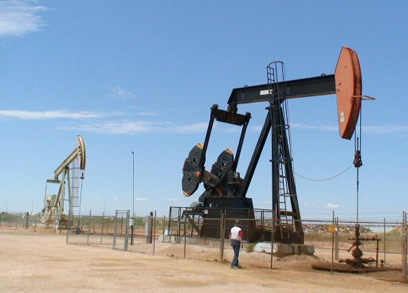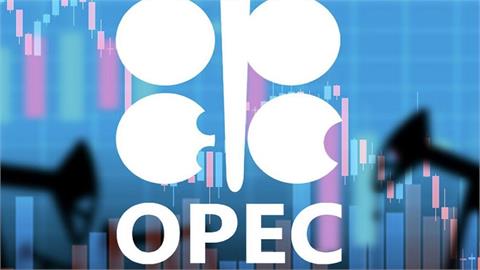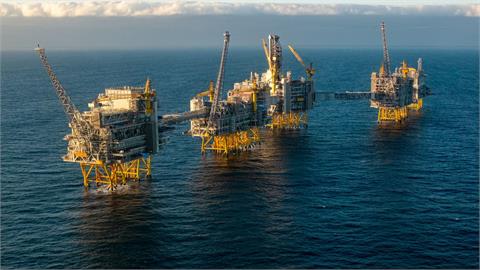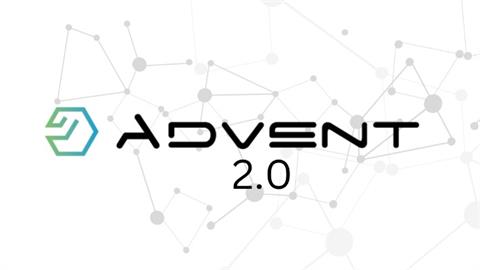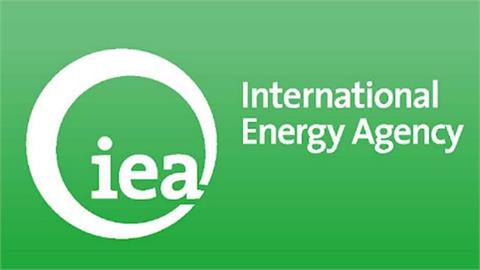by Margaret McQuaile* Iran’s speed of re-integration into the global oil market is a million b/d question mark hanging over the industry. How much additional oil will flow from Iran will depend on how quickly Tehran can ramp up after several years that effectively shut in a chunk of its production and how fast it can make new inroads into an already crowded market.
Iran’s speed of re-integration into the global oil market is a million b/d question mark hanging over the industry.
How much additional oil will flow from Iran will depend on how quickly Tehran can ramp up after several years that effectively shut in a chunk of its production and how fast it can make new inroads into an already crowded market.
The International Energy Agency is fairly bullish about Iran’s ability to get production up in the near term, suggesting that shutting in some production during the past few years will have increased well pressure, thus making it fairly easy for Tehran to achieve a quick volume boost. Indeed, it says, some of Iran’s core oil fields such as Ahwaz, Marun and Gachsaran may actually have been revived under the sanctions.
A bigger challenge for Iran, perhaps, will be selling the additional barrels in the volumes targeted by oil minister Bijan Zanganeh — 500,000 b/d in the immediate post-sanctions period and a further 500,000 b/d over the following months, leading to a doubling of the current 1 million b/d export level within six months of the lifting of sanctions.
Goldman Sachs suggests that the ramp-up in production may turn out to be more measured, noting that Iranian exports through the second half of last year held at a two-year low. This is more likely to reflect greater competition between Middle East heavy crudes than Iran’s inability to maintain output, it says. So, even if Iran does have the capacity to boost exports, it’s likely to have to offer discounts, and, the bank says, given already low prices, this could lead to a more gradual rise in exports.
The IEA also highlights the marketing challenge and expects Iran not only to be competitive in its pricing policy, but also to be open to crude-for-product swaps and deferred payment terms.
In the meantime, the IEA believes Iran has made considerable progress in readying its oil network and identifying prospective buyers and reckons an additional 300,000 b/d of crude could be flowing by the end of the March this year, although it does make the point that for now this volume is speculative.
It estimates that Iran increased production by 40,000 b/d between November and December to help fill storage tanks at the Kharg Island loading terminal in preparation for the lifting of sanctions and expects Iranian oil flows to rise towards pre-sanctions capacity of 3.6 million b/d within six months.
According to the IEA, 60% of Iran’s initial 500,000 b/d of new exports could be made up of Iranian Heavy, 30% of Iranian Light and the remainder consisting of a new heavy grade called West of Karun, which is due to make its debut in the second quarter.
Who will buy Iran’s oil?
The IEA thinks Iran will try to place around 200,000 b/d of additional oil with existing customers in Asia such as China, India, South Korea and Japan, and around 250,000 b/d In Europe, mainly with Mediterranean refiners that were traditional users of Iran’s sour crude.
Fereidun Fesharaki, chairman of consultancy Facts Global Energy, expects a 300,000 b/d export boost by end-March and another 300,000 b/d by end-June. Early volumes will head largely to Asia, where mechanisms for taking Iranian crude are already in place, he says in a note, while operational and banking issues will delay the European ramp-up to the second quarter.
Iran is unlikely to achieve its target of boosting exports by 1 million b/d within six months of the lifting sanctions because, he says, while Tehran wants to recover its market share, it doesn’t want an all-out price war.
Fesharaki says the first wave of exports is already placed but that further increases are likely to present more of a challenge, and that Iran’s marketing strategy is likely to evolve over the year ahead.
Fesharaki says the volume of condensate is somewhere between 30 and 50 million barrels whereas the volume of crude stored afloat is between 10 and 15 million barrels. The bulk of the floating condensate is likely to go to China, Japan and South Korea, he says.
Iran will need to free up its tanker fleet as soon as possible to deliver crude but selling these condensate barrels, given their "specialized nature,” could prove to be tough, the agency says. So, until substantial volumes of this ultra-light oil can be sold, Iran will likely concentrate on selling crude from Kharg Island.
*Margaret McQuaile is a senior correspondent for
Platts
(platts.com, January 25, 2016)
